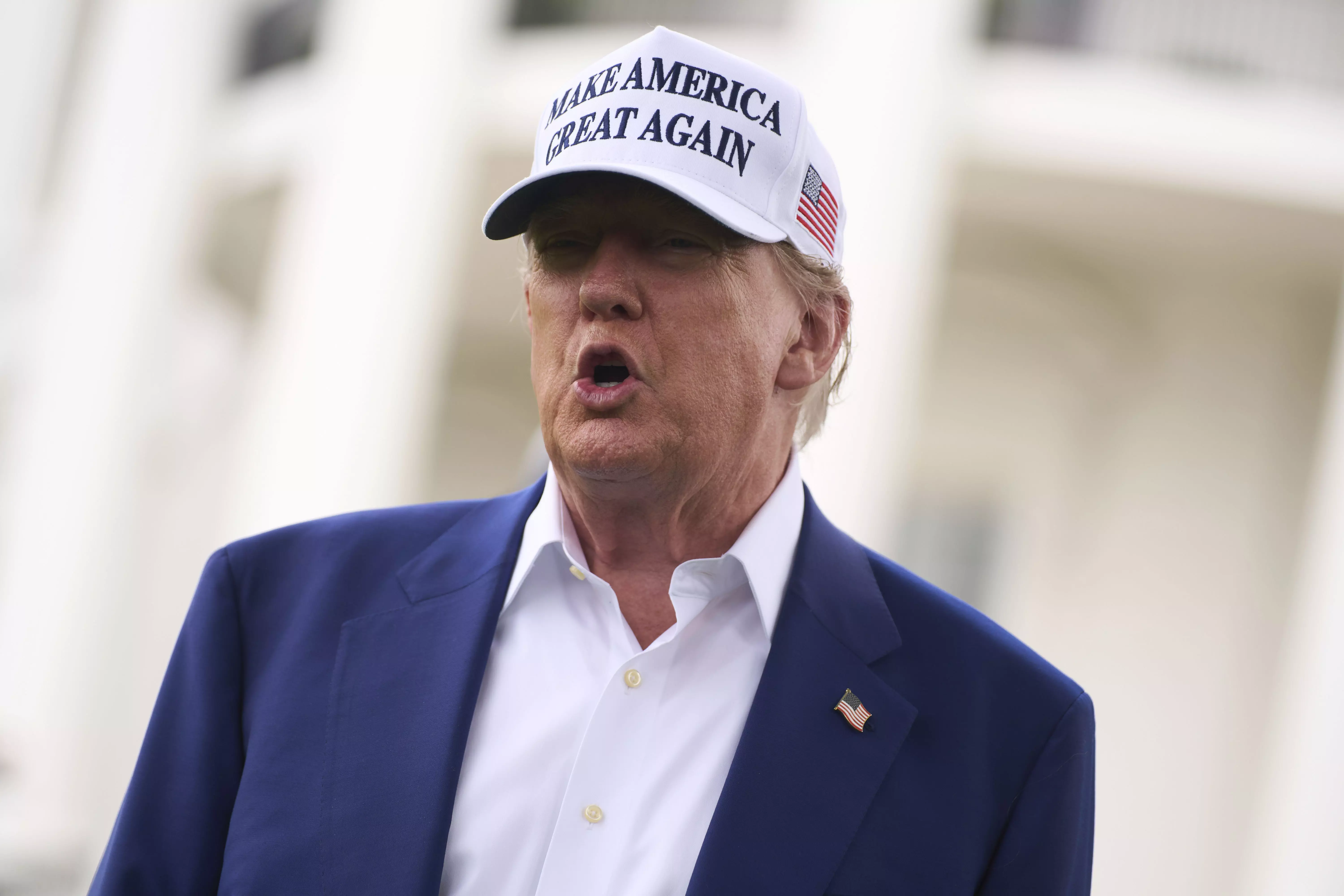Bhopinder Singh | Trump Turns US Military Parade to Serve Partisan, Political Agenda
Attempts to politicise the US military have been long in the making under Mr Trump

The tradition of military parades dates back to the ancient civilisational empires of the Egyptians, Greeks and Romans, who undertook celebratory parades to celebrate victories, invoke their gods, or simply intimidate rivals through the optics of grandeur. But beyond its political and societal rationale, these military parades also bore some functional utility -- such as instilling martial discipline with an insistence on total coordination, patriotism, and fidelity to the “flag”. As the concept of the nation-state started emerging, these spectacles became symbols of national remembrance, cultural coherence and deterrence.
The tenor and the accompanying essentialities of these military parades obviously differed, depending on the sort of nation or political system that it represented. In most dictatorial or authoritarian regimes like North Korea, China or the erstwhile Soviet Union, these parades serve a propagandic purpose for internal and external intimidation, with the flexing of military might. However, some parades serve the vital purpose of reminding a nation of its history and therefore the invaluable lessons attached to the same -- such as the Bastille Day parade in France, to celebrate the French Revolution, the Victory Day parade in Russia, to commemorate the Soviet Union’s defeat of Nazi Germany in the Second World War, and the Trooping the Colour in Britain, marking the official birthday of the reigning monarch. Similarly, India’s Republic Day parade on January 26 every year marks the adoption of the Constitution and the birth of a proud and sovereign republic.
However, like all participative democracies where the doctrine of civilian control over the military is constitutionally wired, it is critical to balance such militaristic events with a larger national identity, purpose and conflation. Hence, the Republic Day parade is steeped in democratic traditions, the symbolism of “unity in diversity” and federalism, that seeks to reassure a diverse nation about the lofty, liberal and constitutional “Idea of India” that ought to be protected and nurtured, beyond partisan preferences and external mala fide intentions. Therefore, when the national mood occasionally slumps into divisive polarisation owing to its amoral politicians of all hues, it is the glorious march of Indian soldier with bearings like the Naga Regiment, Sikh Regiment, Gorkha Regiment, Rajput Regiment, Madras Regiment or Jammu and Kashmir Light Infantry marching in contingents behind each other that reminds a wary nation of the uselessness of societal “divides” on the basis of religions, ethnicities, castes or regions that is possible, given the sort of unhinged politics that has been pandered to by all dispensations (without any exception) since Independence. This restrained and measured underpinning to the military parade in the Indian context also had its roots in its colonial past, where the Crown was served by its tradition-bound, but loyal military.
In the United States, however, the American narratives and opinions were shaped by its own history, circumstances and their understanding of democratic imperatives. Even though the grand review of the armies following the end of the Civil War in 1865 led to a massive military march, or more recently, the National Victory Celebration in 1991 (to mark the success of the Gulf War) were held -- displays of military might were seen to militate against American notions of democratic ideals. Such parades were conversely seen as the standard instruments deployed by the “other side” during the Cold War, and so they were shunned.
Due to the relative lack of history, given America’s long history of immigration, and with no real danger of implosive societal “divides” (at least, earlier), Americans never felt the need to hold such spectacles. Very importantly, even the US military needed no such public valorisation as it was always a deeply respected institution with endless folklore of special imagination reserved for those “who serve the nation”, beyond partisan considerations. The professional and emotional attribution of the “patriotic duty” of the US soldier was uniquely reserved for the men and women in uniform, which could not be usurped by any politician, unlike countries like India where the imagery of the “Indian soldier” is sought and appropriated to build political muscularity for wily politicians. Therefore, there were always good reasons for countries like India to persist with the tradition, and for countries like the US to not start one.
But President Donald Trump went beyond American traditions and objectives, such as Fourth of July or Veterans Day celebrations, to showcase a personal-political spectacle via a military parade in a bid to serve his own “muscular” desperation. Seemingly intent on drowning the societal dissonance owing to hundreds of simultaneous protests (under the “No Kings” banner) against his illiberal agenda, Mr Trump presided over an unprecedented US military parade on June 14, which tellingly coincided with his own birthday! Despite the draft-dodger Donald Trump’s condescending (and inconsistent) homilies to the American soldier as one who drove “bayonets into the heart of sinister empires” and similar theatrics, he has shoved the avowedly apolitical and non-partisan institution of the US military towards the dangerous shores of partisanship.
Attempts to politicise the US military have been long in the making under Mr Trump. From removing senior officers under the pretext of diversity, equity and inclusion to reinstating discharged service members (for violating service norms), to creating military zones on Mexico’s borders and unleashing Marines on the streets of Los Angeles, the abuse of the armed forces has been unparalleled. Previous American Presidents (both Democrats and Republicans) are aghast and see the US military parade as part of the same political project. Whether in the US, France or India, soldiers would only want to celebrate a national or constitutional cause, and not a partisan or personal one. That is the fundamental difference.

